Optimal Timing for Yellow Jacket Extermination
Yellow jacket exterminations are most effective when performed at specific times during their active season. Understanding their lifecycle and activity patterns helps determine the optimal period for treatment, reducing the risk of stings and nest expansion.
Yellow jackets start building nests in early spring. Targeting nests during this period can prevent large colonies from forming later in the year.
In late summer, yellow jackets are most active and aggressive. Exterminations during this time can reduce stings and prevent damage to outdoor activities.
Early fall is another key time to address nests before colonies decline. Treating nests now can minimize late-season stings.

A newly built nest in early spring, ready for inspection.
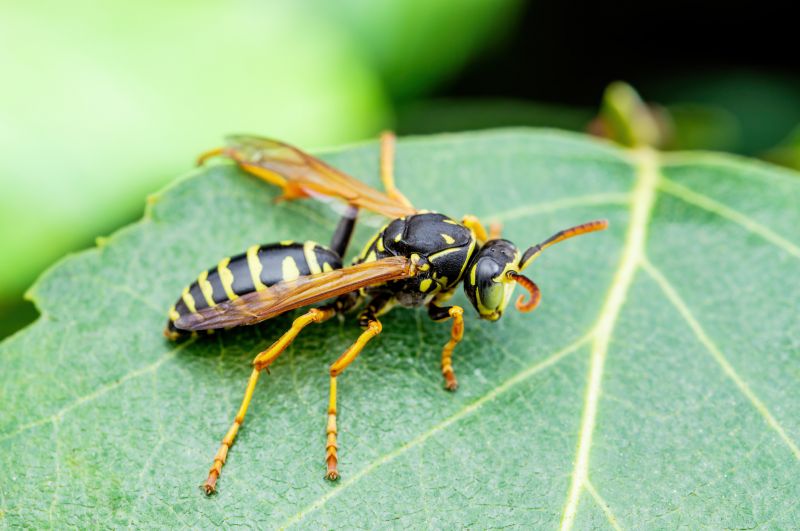
Yellow jackets foraging during peak season.
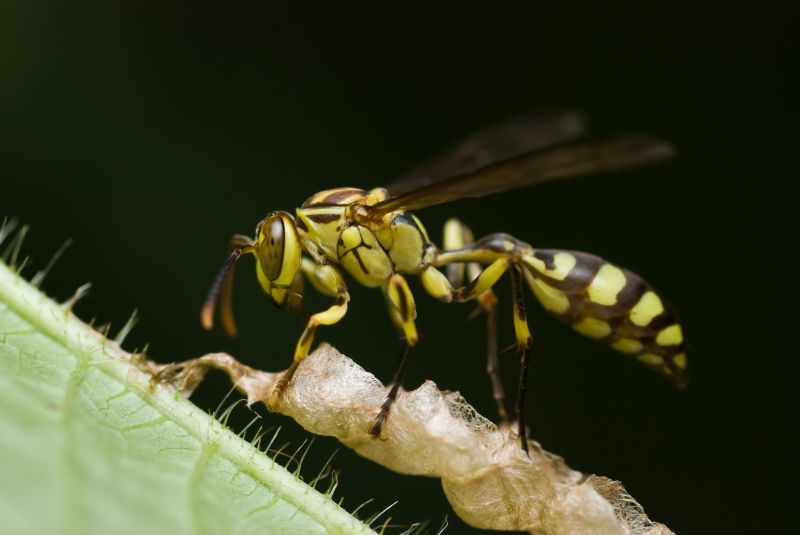
Yellow jackets preparing for winter, with nests becoming more visible.

Ways to make Yellow Jacket Exterminations work in tight or awkward layouts.
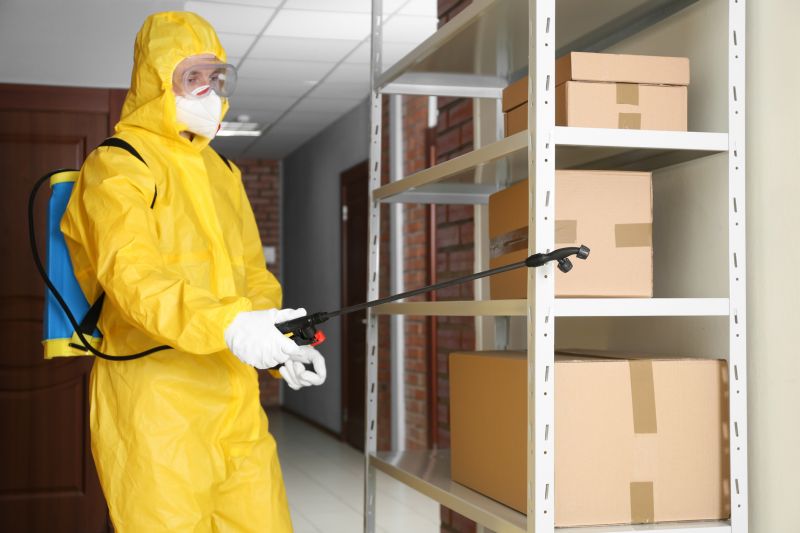
Popular materials for Yellow Jacket Exterminations and why they hold up over time.
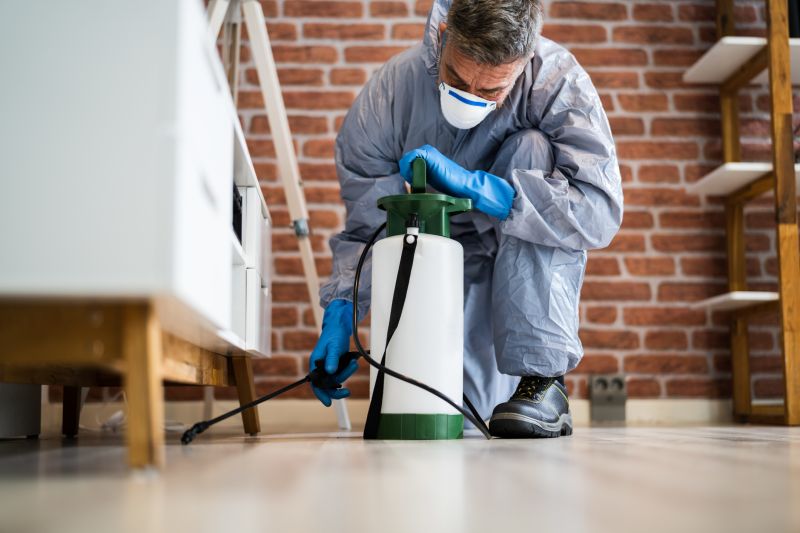
Simple add-ons that improve Yellow Jacket Exterminations without blowing the budget.
| Season | Optimal Action Period |
|---|---|
| Spring | Early spring for nest prevention and early treatment |
| Summer | Mid to late summer for active colony control |
| Fall | Early fall to reduce late-season stings and nest expansion |
| Winter | Nests are inactive; no extermination needed |
Yellow jackets are social insects that form large colonies, often reaching thousands of individuals. Their nests are typically built underground or in sheltered areas, making detection and treatment challenging. Their aggressive behavior during peak activity periods increases the risk of stings, which can cause allergic reactions in some individuals. Proper timing of extermination efforts can reduce these risks and improve safety during outdoor activities.

A large active nest during peak season.

A typical underground nest structure.

Yellow jackets gathering food in late summer.
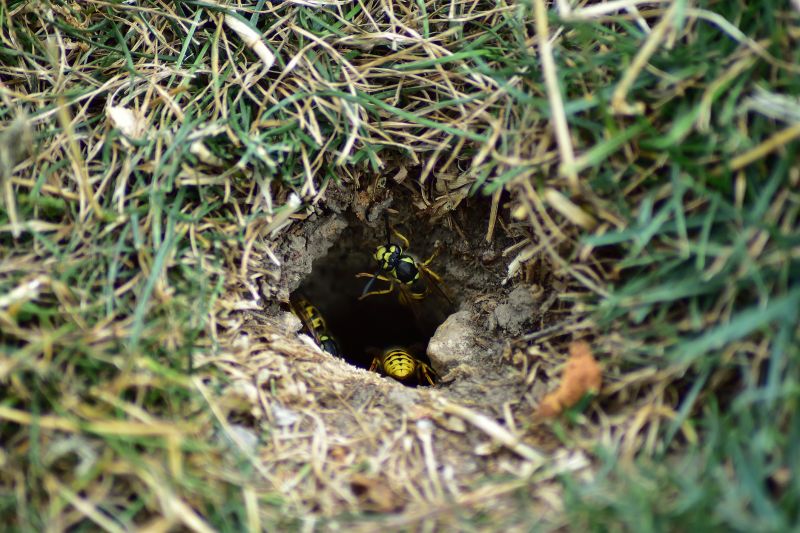
Nests becoming more visible as colonies decline.
Timely extermination of yellow jacket nests can significantly reduce the risk of stings and nest expansion. It is recommended to monitor activity levels and seek professional assistance if nests are discovered during the appropriate treatment windows. Early intervention helps maintain safety during outdoor activities and prevents property damage caused by large colonies.
Fill out the contact form to schedule an inspection or treatment for yellow jackets and protect outdoor spaces effectively.
